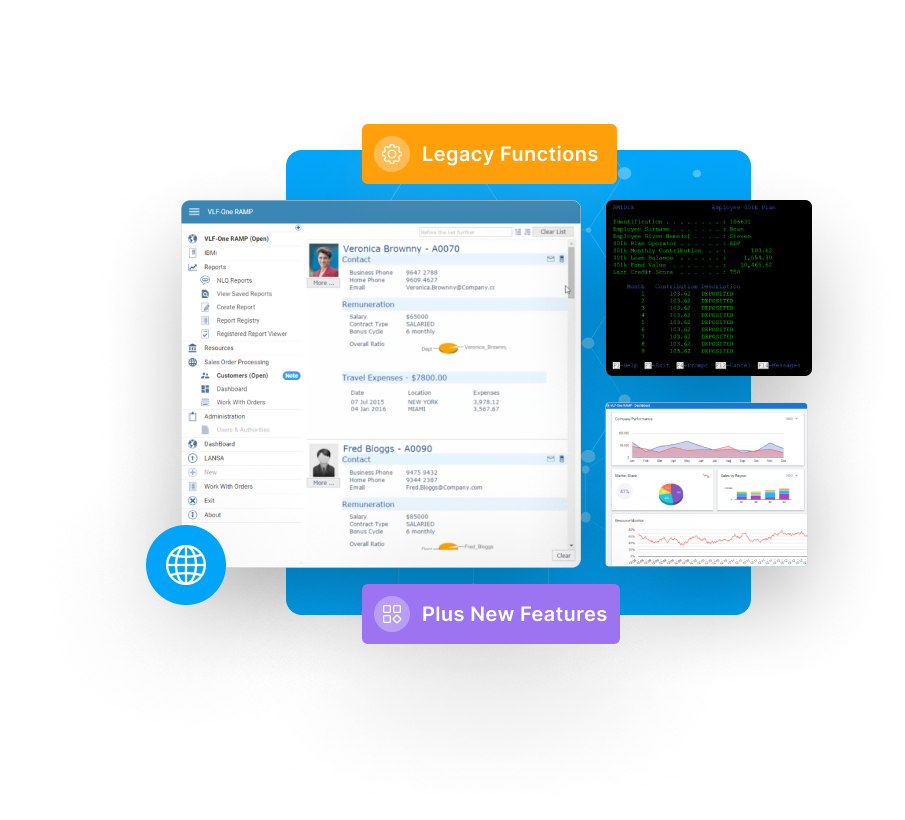Redefine your IBM i applications to be agile and future-ready
Maximize your current infrastructure and save on modernization with RAMP. Build exactly what your business needs fast and without RPG dependency.
Powerful prototyping tool
Dynamic RAMP framework
Flexible components
Cross-platform compatibility
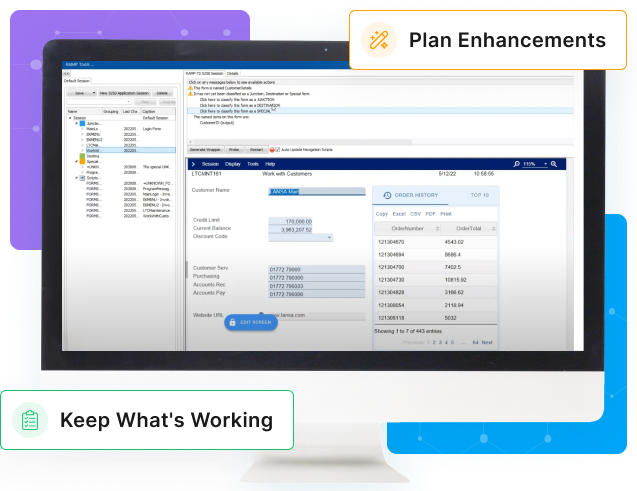
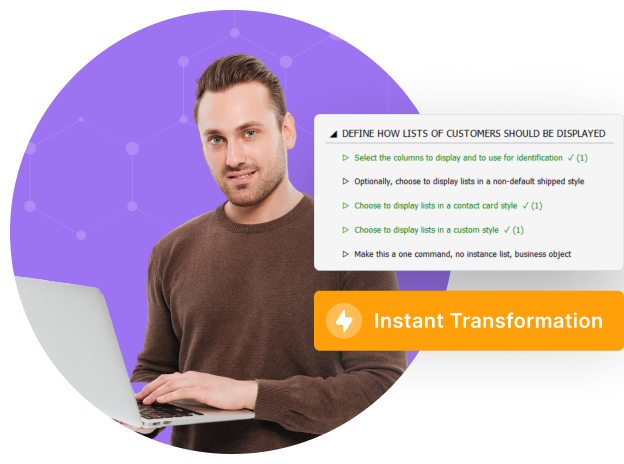
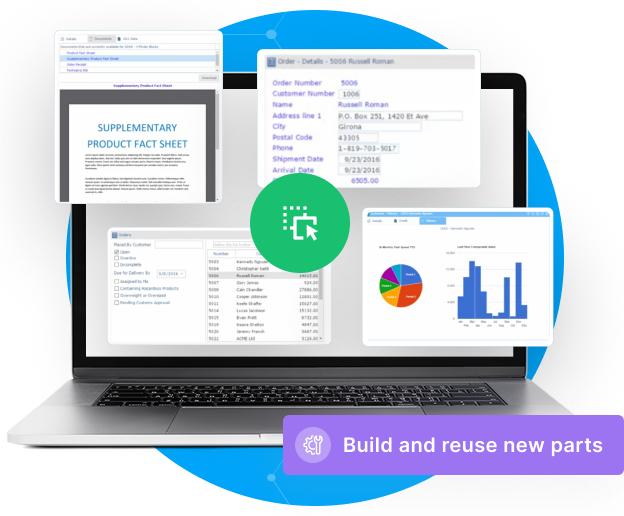

Powerful prototyping tool

Dynamic RAMP framework

Convert 5250 screens to user-friendly GUIs that replace tricky menu structures with intuitive, point-and-click interfaces.
Flexible components

Cross-platform compatibility

Be more productive with rapid application modernization
Enhance 5250 applications at speed with RAMP.
Increase productivity, reduce downtime, and future-proof your systems with ease.
Transform your business operations for scalability
RAMP modernizes 5250 applications while delivering business growth without workflow disruption through quick deployment and a non-intrusive design.

Upgrade without disruptions
Add value to your existing systems with minimal friction so that your business continues uninterrupted.

Transition fast and in phases
Upgrade and modernize applications gradually for you to prioritize and focus on what matters most.

Enhance user experiences
Deliver a modern and responsive design to boost productivity and provide exceptional user experiences.

Future-proof applications
Build a resilient foundation with applications designed to adapt and thrive amid future developments.
RAMP up your 5250 applications
Simplify modernization and drive substantial cost savings for your business.

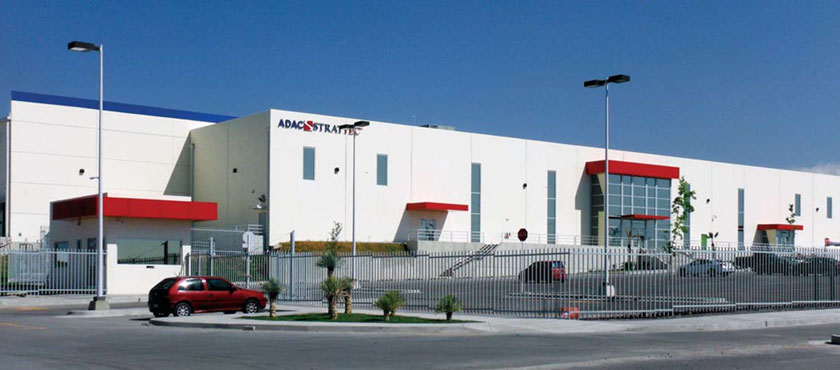
See how RAMP reduced STRATTEC's manual efforts by optimizing EDI, making processes 6x faster, and saving 25+ hours weekly.


Discover how RAMP modernized Partylite’s ERP system, reducing call handling time and driving business expansion.
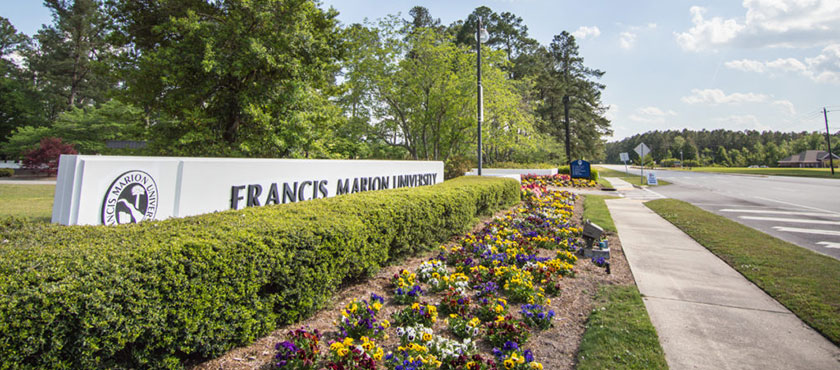
Learn how RAMP boosted Francis Marion University's productivity, allowing its four-person team to optimize its existing ERP.
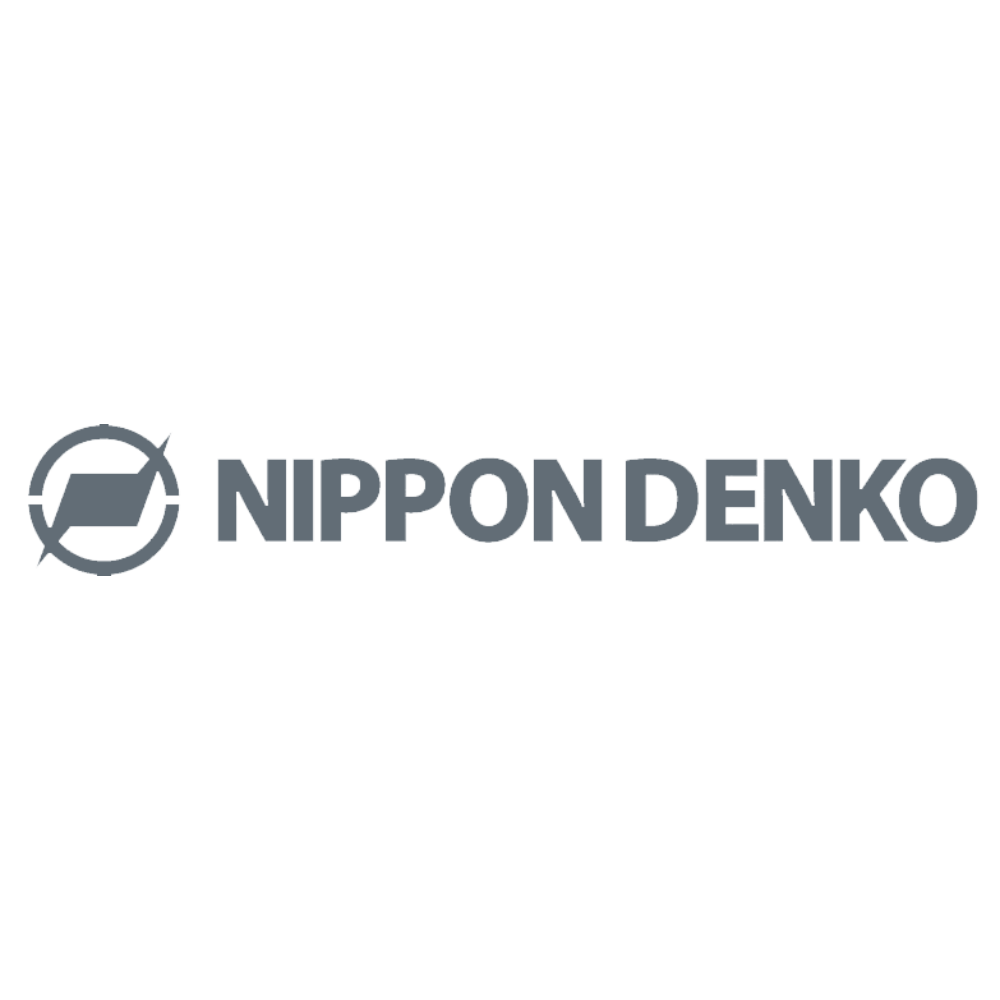
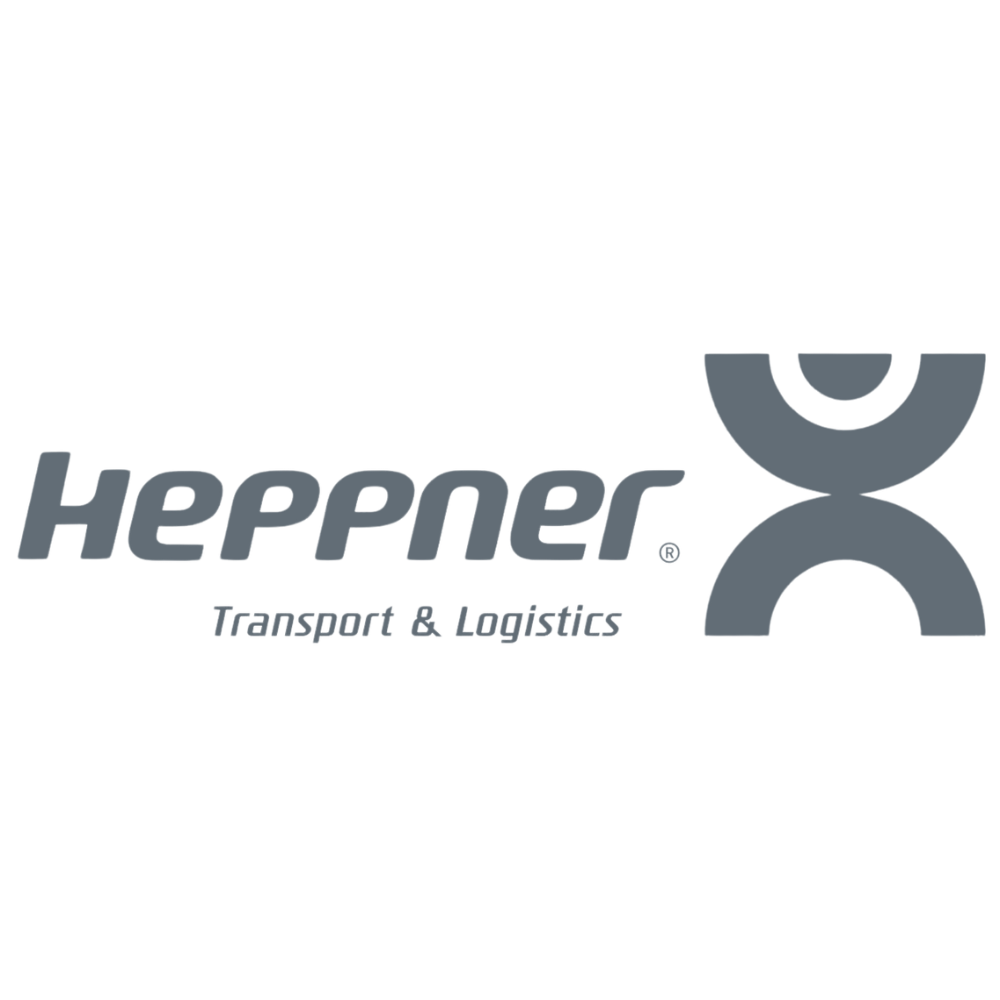
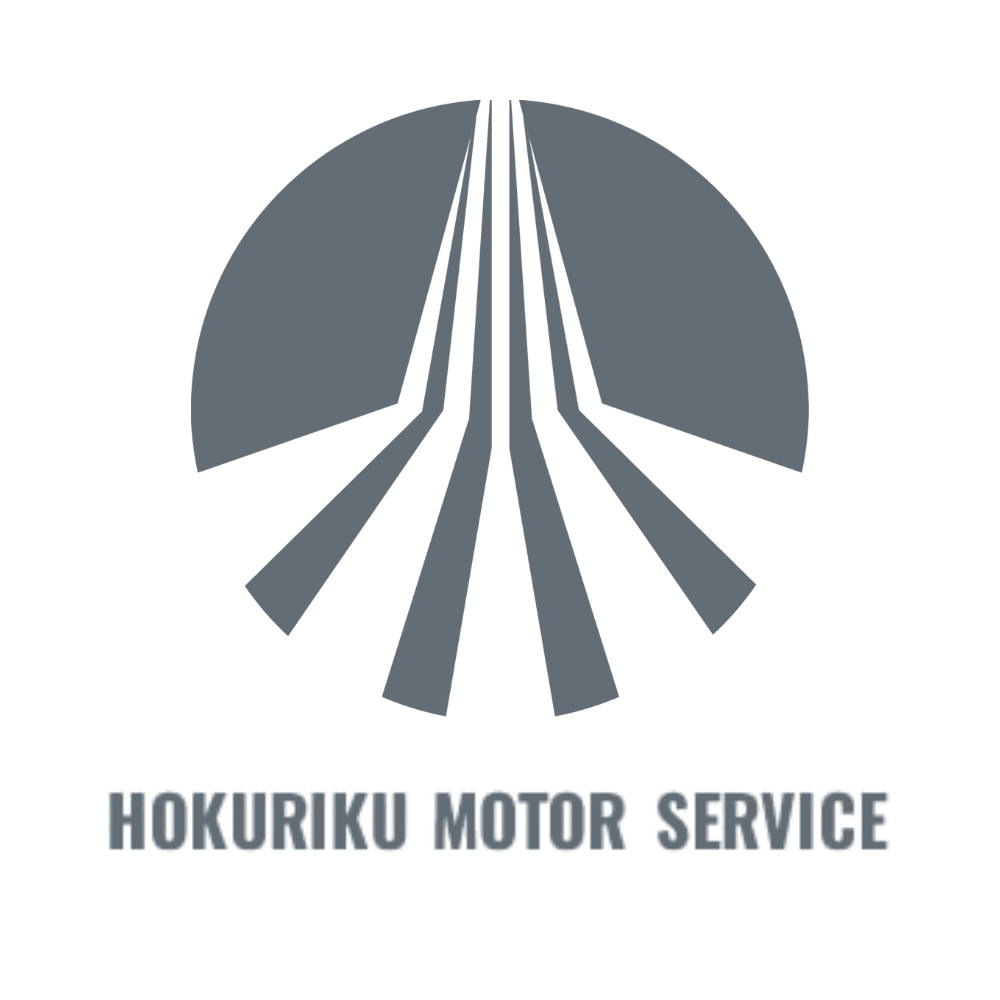
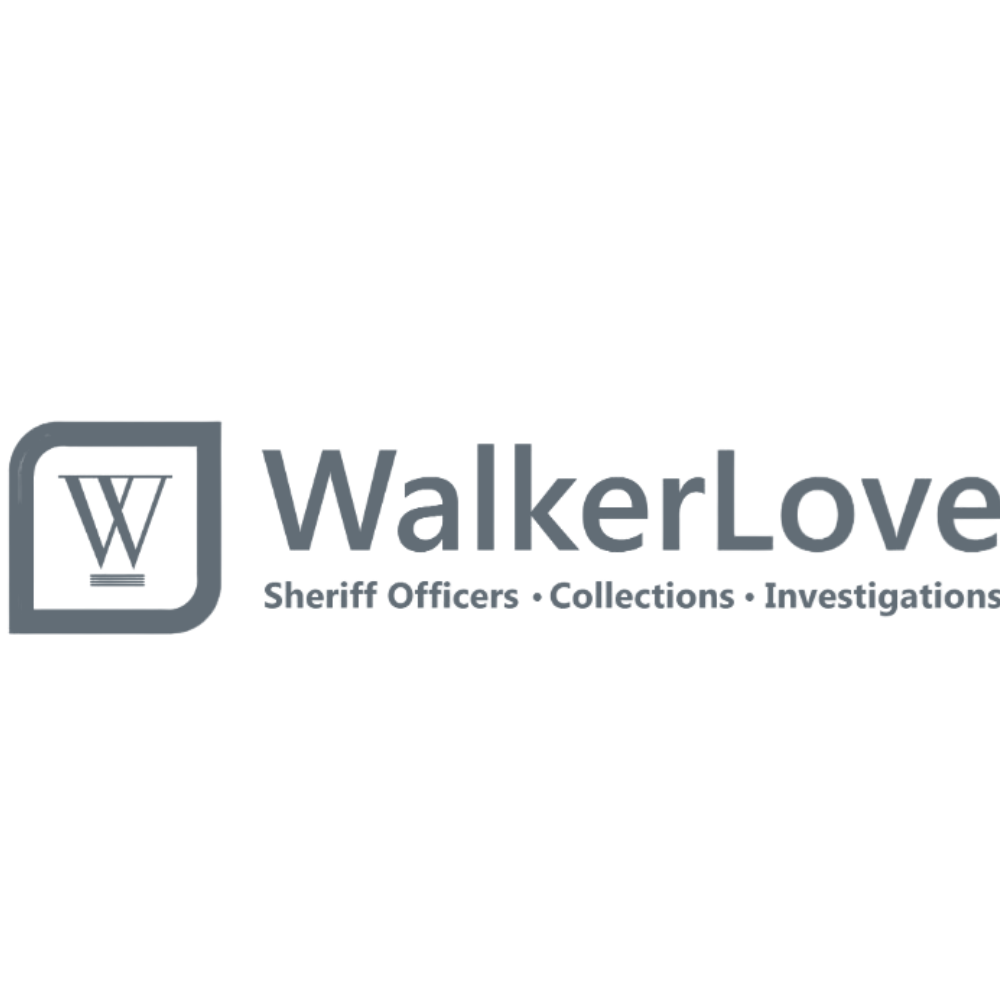
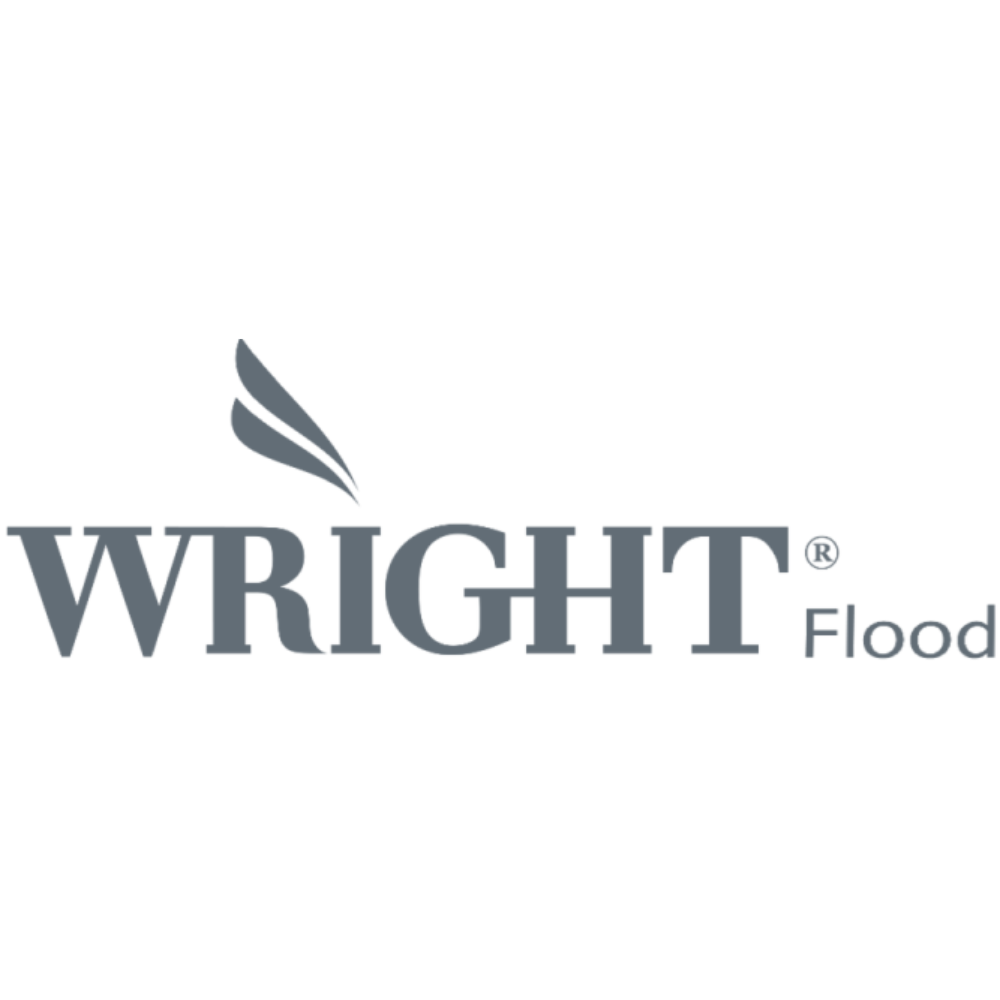





Learn more about rapid application modernization
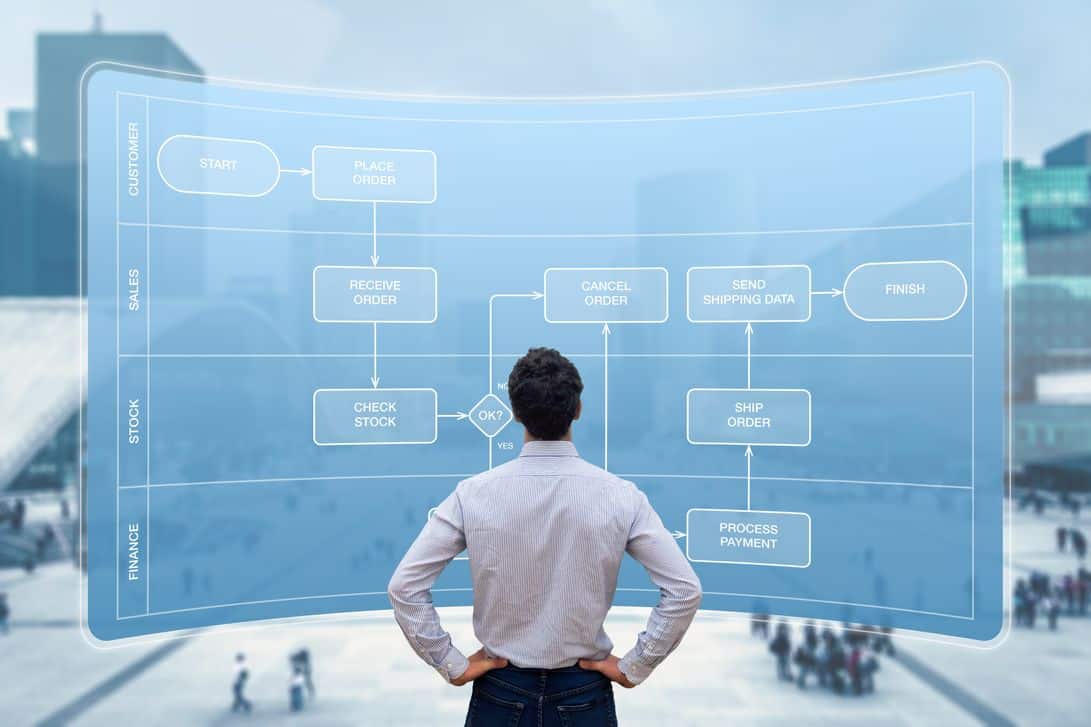
STRATTEC Security Corporation, headquartered in Milwaukee, Wisconsin…

Recently Beacon was the first Insurance company in the Caribbean...
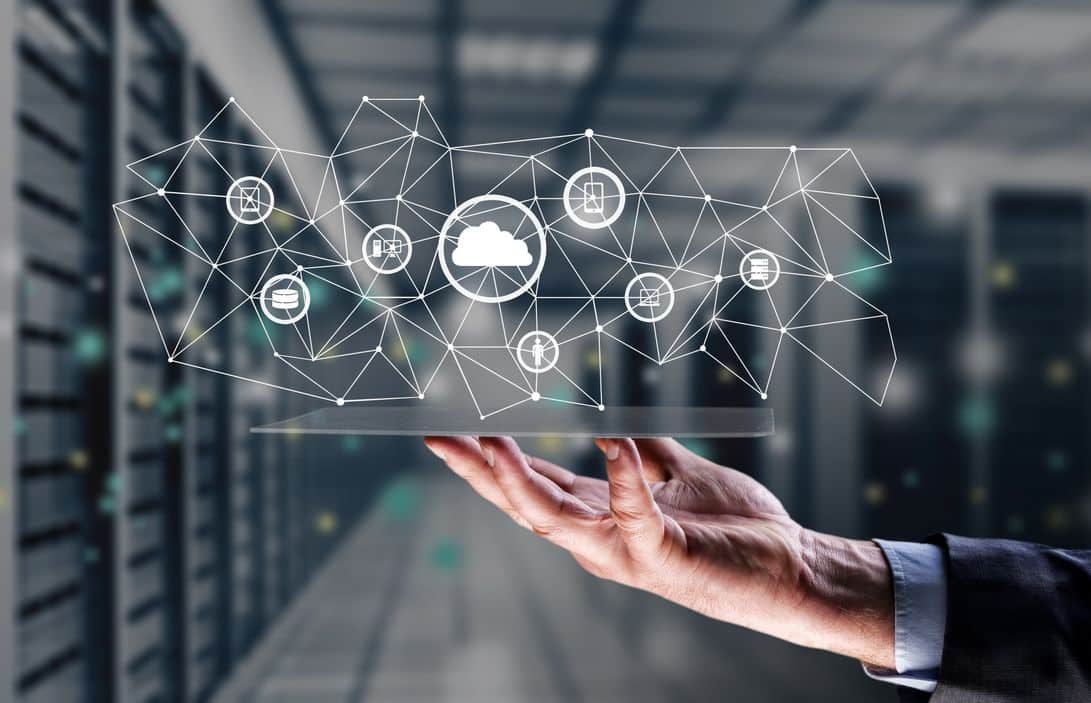
Build efficient and responsive mobile applications using just one codebase.
Need inspiration? Check out our latest content
How to Overcome the Challenges of Legacy IBM i Applications with LANSA
The IBM i (formerly known as AS/400) stands out as the…

Future-Proof Your Applications: Strategies for Modernizing with LANSA
Application modernization is crucial for organizations to stay resilient, responsive, and…

Is The IBM AS400 Dead? What Is A Modernization Strategy?
There is an opinion that the IBM AS400 is dead. But…

Why Is The AS400 System Still In Demand In 2022?
There is a popular opinion that the AS400 system is outdated…
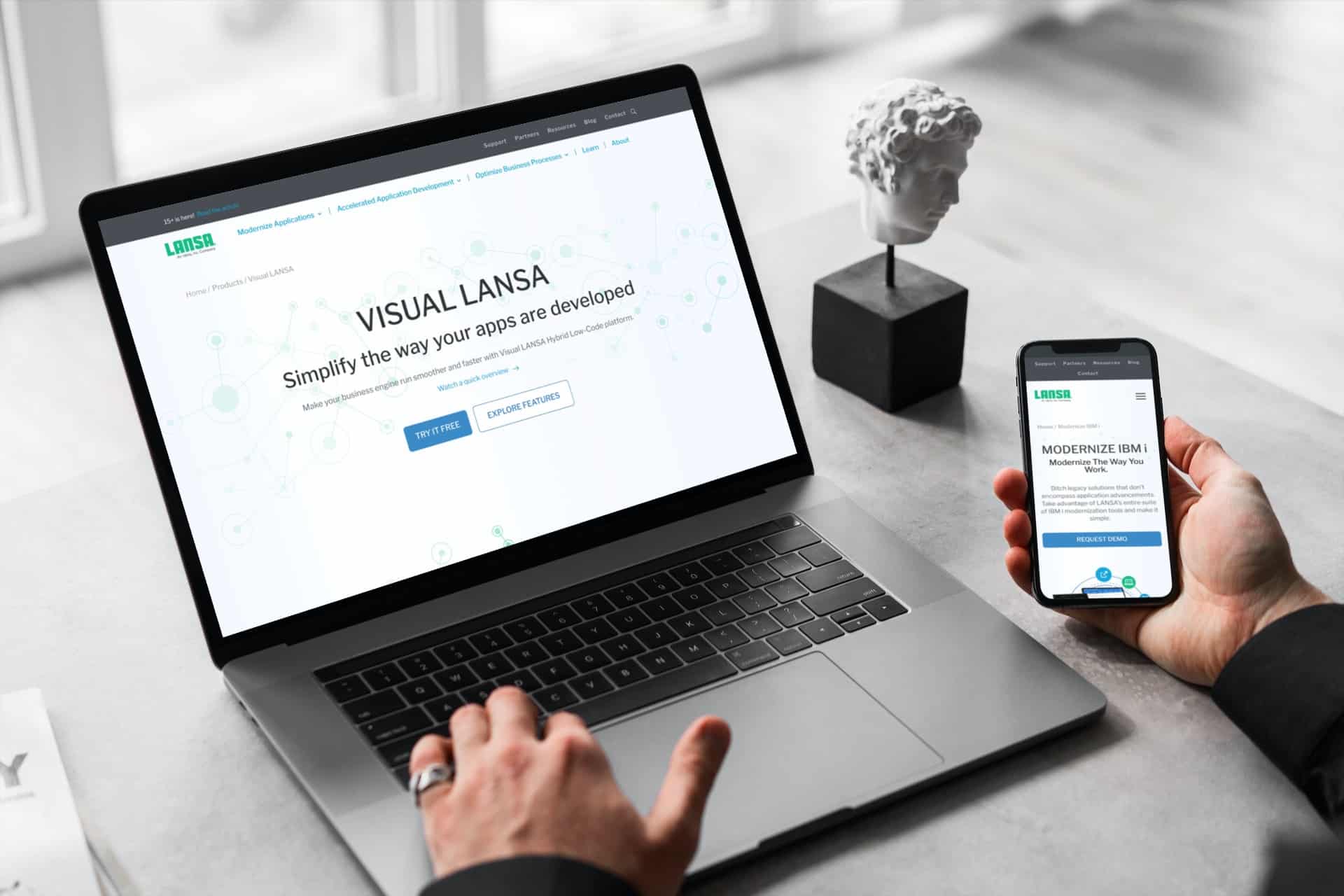
What Makes Developer Productivity Plunge?
Every day, developers are faced with a large number of tasks…

What Generally Destroys The Productivity Of Programmers?
Have you ever thought about what determines the speed and cost…
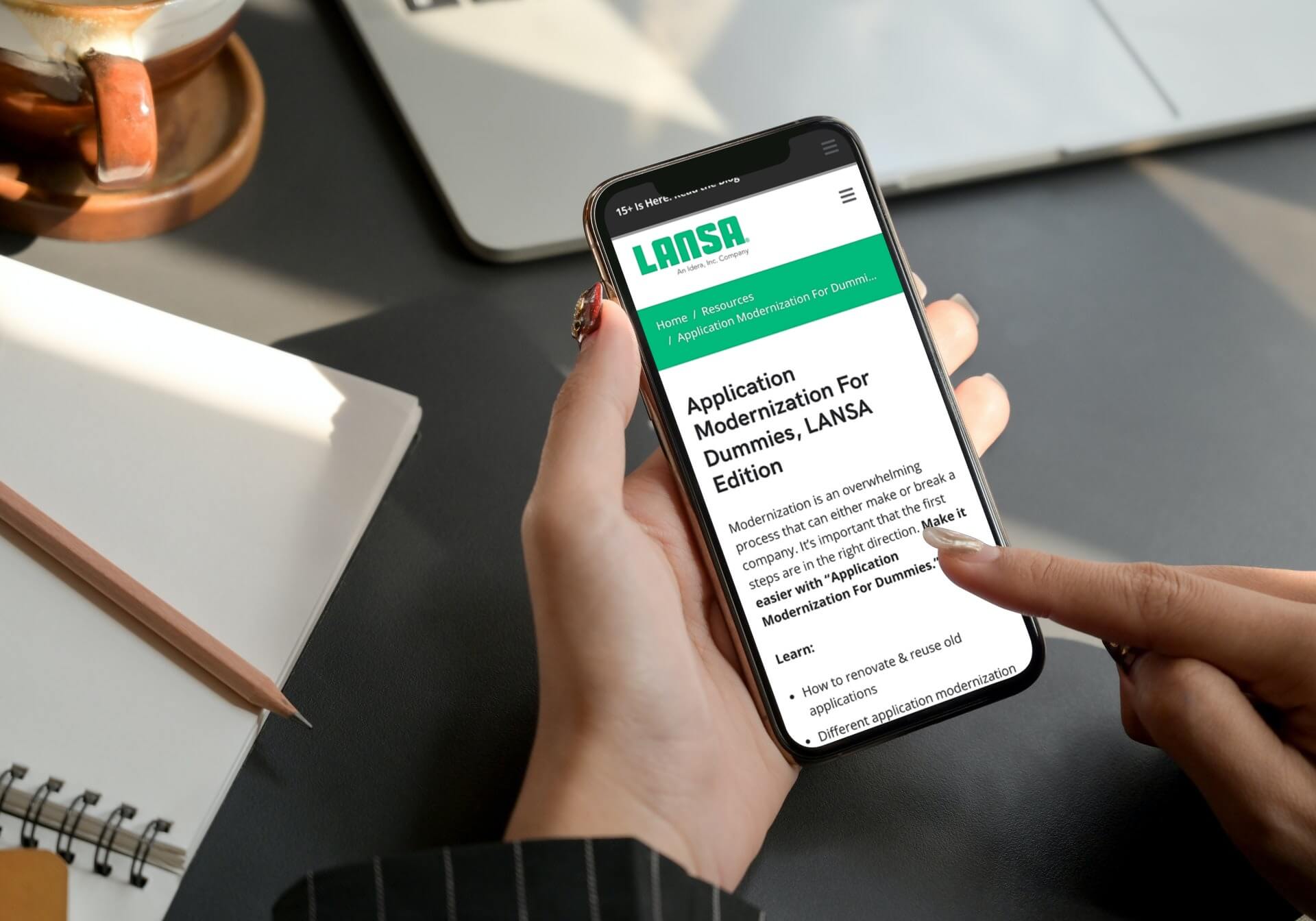
When To Use IBM i Application Modernization Strategies
We constantly mention the importance of modernizing outdated IBM i apps…

5 Compelling Reasons Why You Need IBM i Modernization Tools
If your company is one of the thousands of organizations around…

How to Get More Results Out of Your Software Quality Assurance
Modern-day software solutions continuously expand and evolve along their whole life…

The Ultimate Cheat Sheet On IBM i Application Modernization
If you’re like most IBM i users, you know how much…

Application Modernization: It’s Not As Difficult As You Think
Before the pandemic, businesses sought ways to innovate and become more…

What Is The Most Robust IBM i Green Screen Modernization
Over 150,000 organizations worldwide rely on IBM i to power critical…
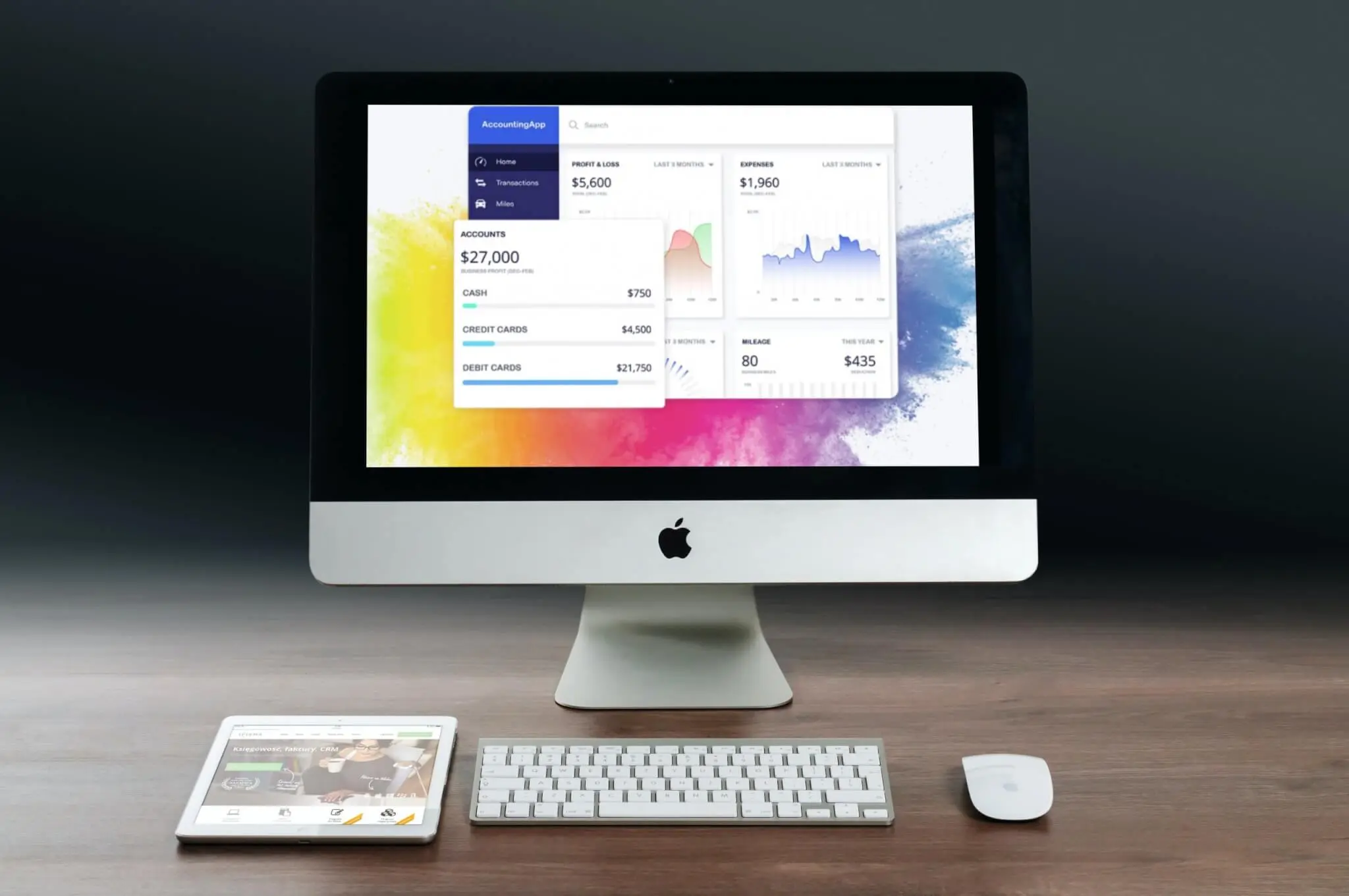
Modernize IBM i Apps At Lightspeed
LANSA’s ongoing innovation gives customers even more options. The most notable…

